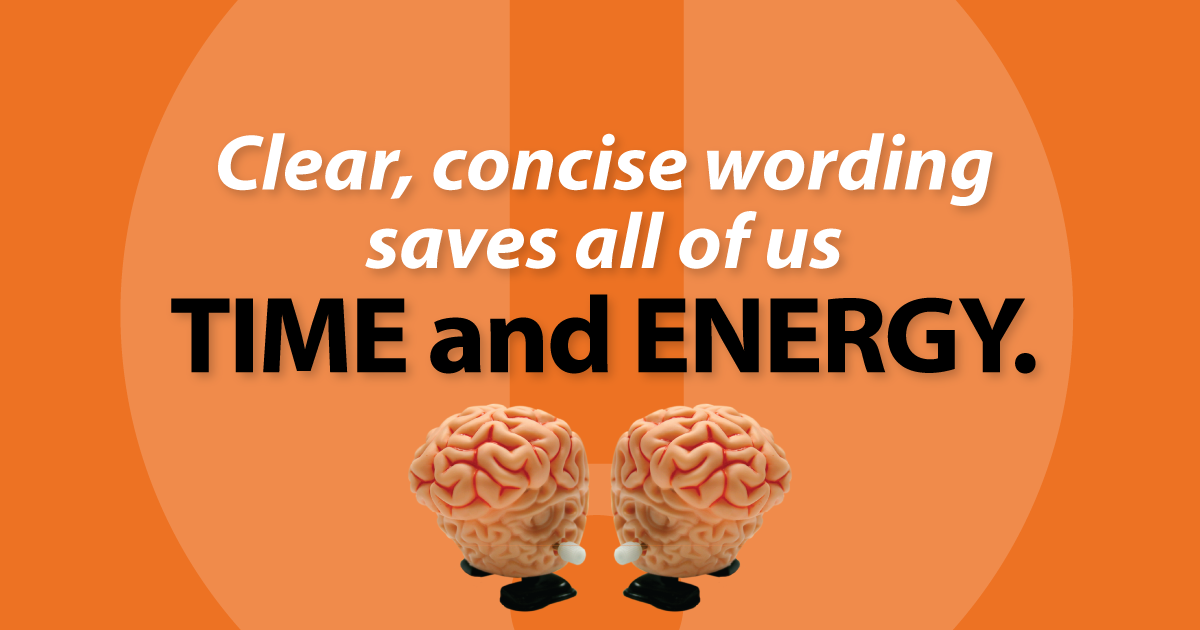
Why clarity is King for marketing to English language learners
Many a Marketing 101 student in has heard the tales of the Chevy Nova and Colgate. In these stories, a lack of diversity or language research led to embarrassment and abysmal sales in Latin American markets. A great first lesson in international marketing, or marketing to English language learners, right?
Well, it turns out that “nova” has pretty much the same meaning in Spanish. The “no va” (doesn’t go) interpretation wasn’t actually that common. Also, while Colgate’s brand name was an unfortunate coincidence, most people recognized it as a foreign brand, and not an insult. Plus, you know, Colgate didn’t change their name.
These stories aren’t really true, and certainly weren’t the marketing snafus your prof made them out to be. There seems to be a commonly-held belief that marketing to non-English speakers is tricky, but really it’s not. In fact, changing your messaging to include English language learners (ELLs) is often better for everyone.
Start with a little research
I want to be clear that market research is, and always will be, super important. Whether you’re looking overseas or locally, you need to know who lives there so you don’t ignore a bunch of people. So, get to know your people first.
When you say the phrases ‘English language learner’ or ‘English second language’ (ESL), a lot of people think of Spanish speakers first. It’s true, Spanish has become the de facto second language for large portions of the United States and the rest of North America, but that’s not the full story.
Chances are that a lot of people who would be considered English language learners in your local community don’t speak a word of Spanish. Spanish translations are a no brainer if you’re based out of Miami or Albuquerque. It might not be so obvious if you’re further North.
You might discover you need to focus on another language. Or that you have two or three large ELL communities in the area. We’ve had clients ask us about adding French, a few different Creoles, Vietnamese, Portuguese, and Ukrainian. Doing your research ahead of time helps you prepare for these considerations.
Translation isn’t always the answer
If you can’t identify one ubiquitous language for your target market you’re going to have to try something else. Most brands don’t have the budget to translate a website into multiple languages. Translation can also present its own problems: Even if you get part of your website translated, where do you stop? Which content is ‘essential’? How do you keep things updated? If a second language takes more or less space, will the page layout adjust? Translation is an excellent and powerful tool, but it’s not a swiss-army knife.
A much more efficient method of reaching those English language learners is to focus on clarity. Notice I said clarity and not simplicity. Simplifying your website’s or promotion’s language isn’t always a bad thing. However, like translation it means you’re choosing what is ‘essential’ for the English learner to read. Your ‘simplified’ version will probably end up being different from the ‘normal’ one. This means ELLs will inevitably miss out on some crucial piece of information.
Adjusting your copy for clarity means looking for slang, jargon, colloquialisms, idioms, and infrequently-used words. You’d be amazed at how often a non-native English speaker has difficulty understanding simply because someone is using slang or an idiom. It’s not really a question of language proficiency. Highly proficient non-native English speakers can still have trouble with unfamiliar vocabulary. Just like how the rest of us don’t understand Gen-Z’s slang.
Clear wording is good for everybody
Using clear, non-specialized, and more frequently-used wording makes it that much easier for ELLs to understand your message. Which is pretty much the whole point of marketing in the first place. They get a better understanding of the whole message, instead of just the parts you decided to translate.
What’s more, focusing on clarity is something that we can all do pretty easily. You don’t need to hire a translator every time you update your homepage, or to worry about silly mistakes. All you need is someone to edit your copy and remove anything idiomatic or highly specialized.
By focusing on the clarity of your messaging instead of simplifying or translating it, you give everyone equal access to your content. As a bonus, your native English speakers will appreciate the clarity of your message as well. Everyone, including highly intelligent and highly-educated people, prefers clear, concise wording. It saves all of us time and energy.
- Email Marketing – The Overwhelmed Marketer’s Guide (OMG!) - April 23, 2024
- How do you get new members to Google you? - March 26, 2024
- 3 big money questions from a new father - March 5, 2024
